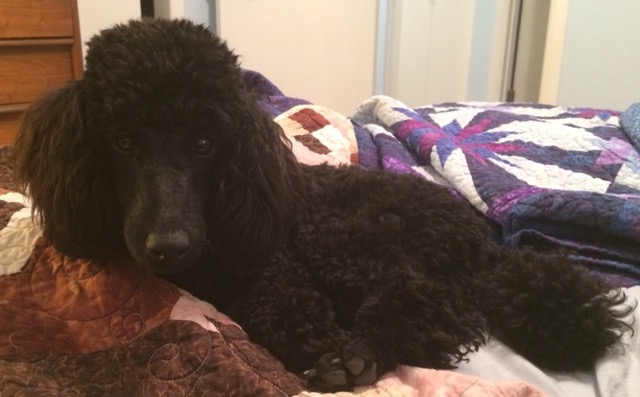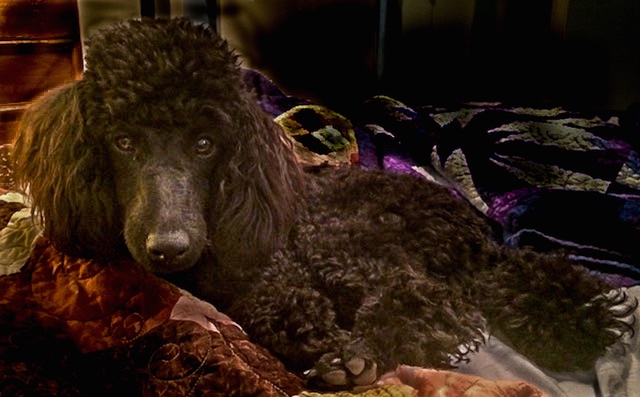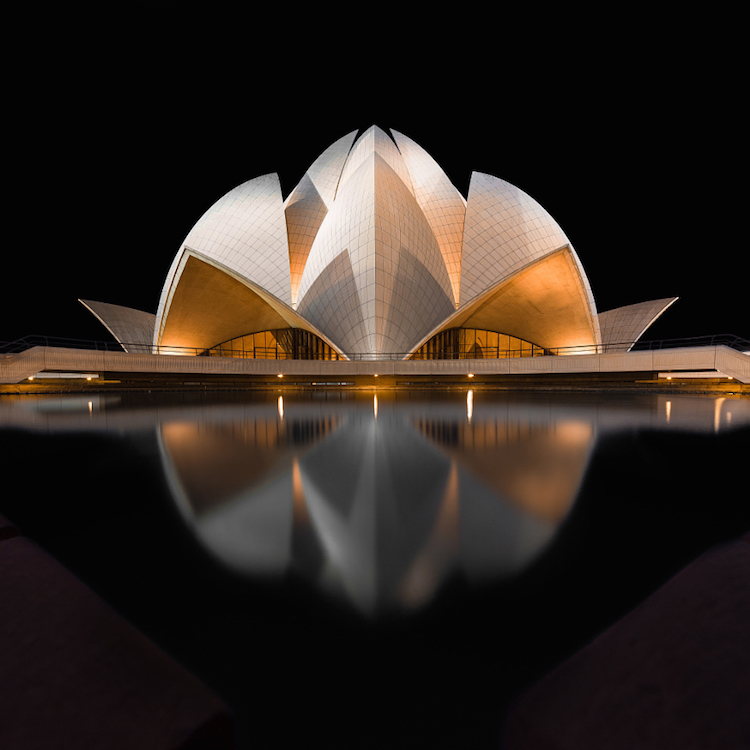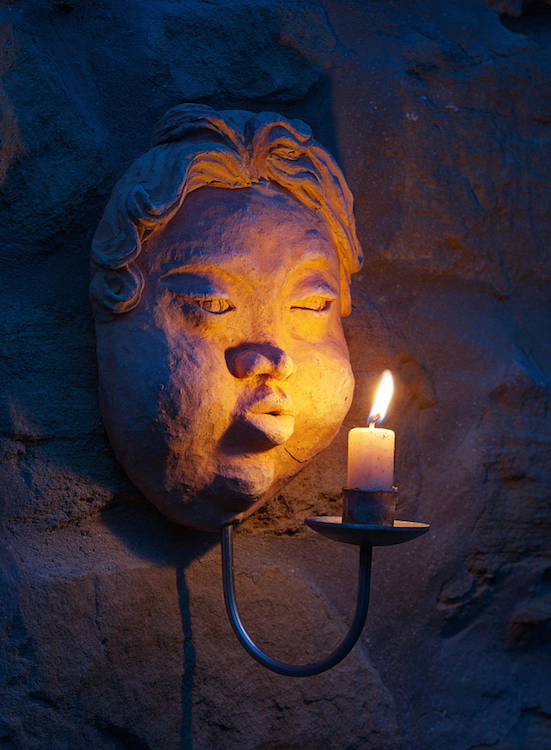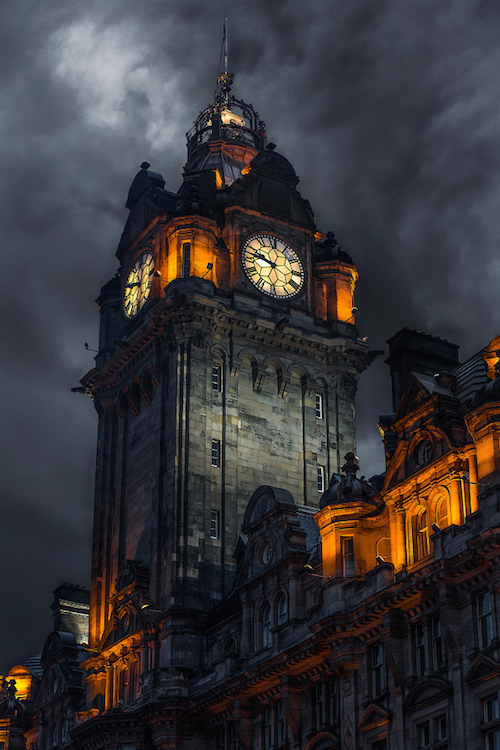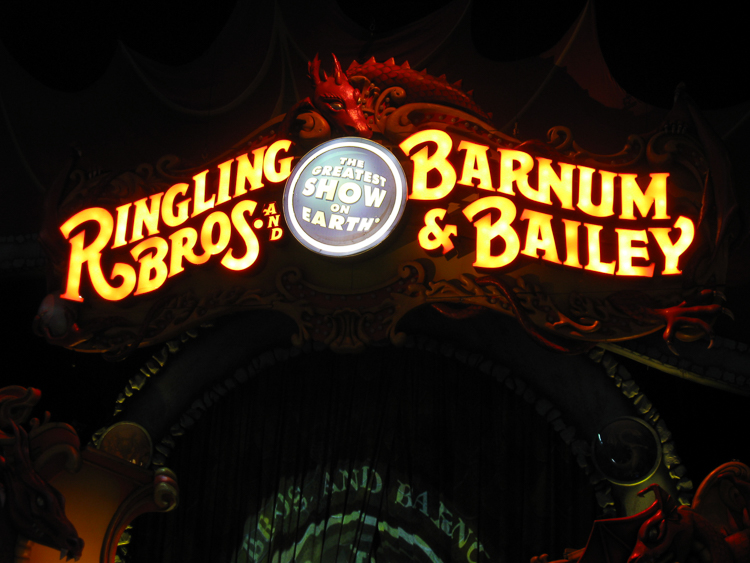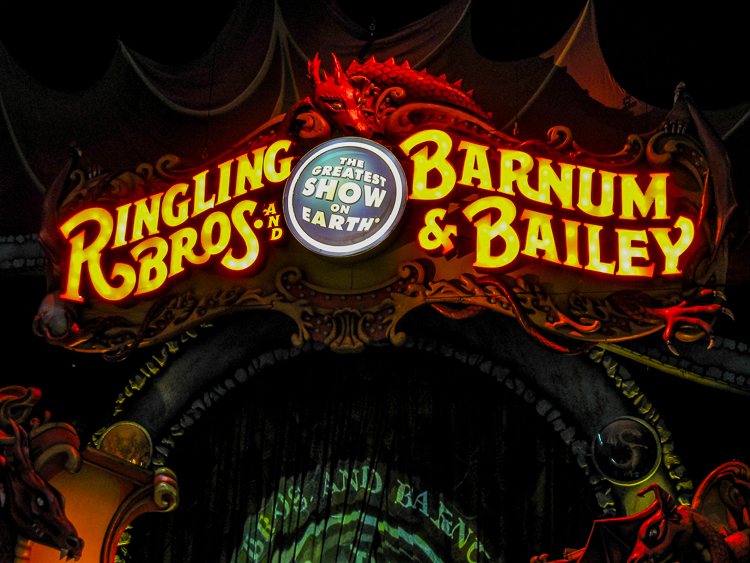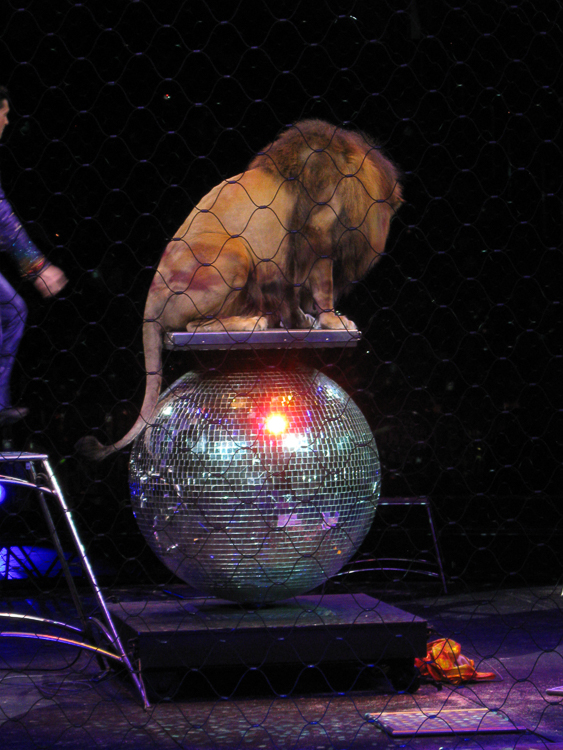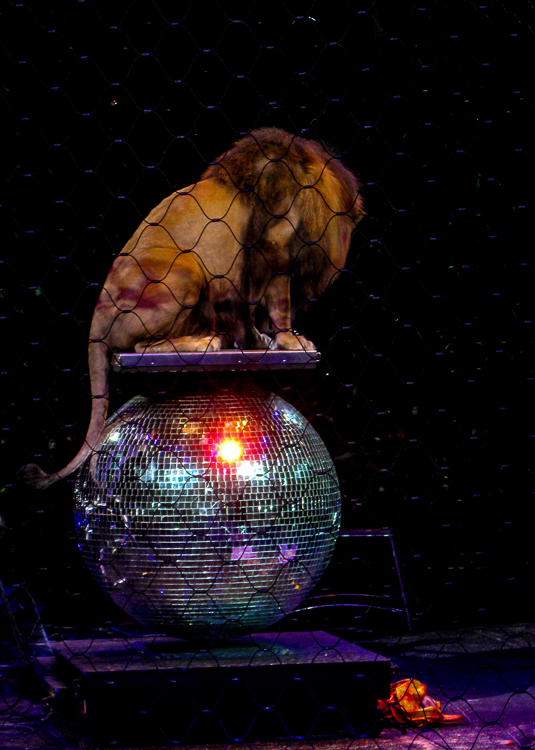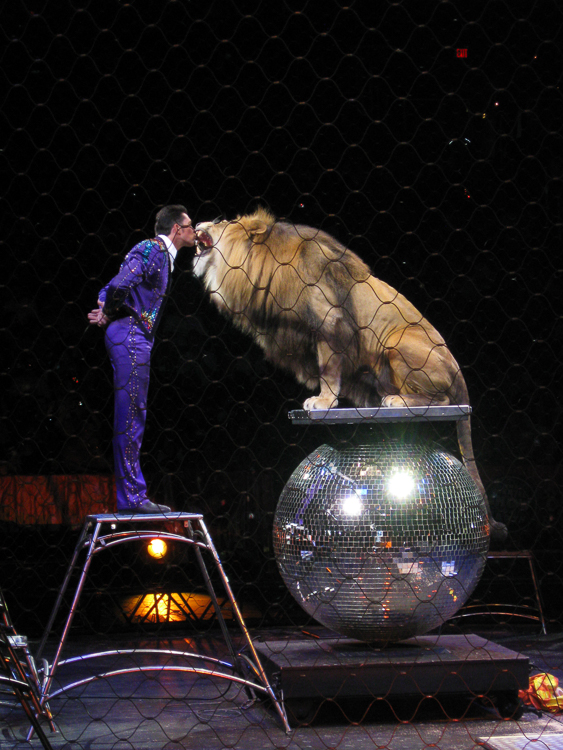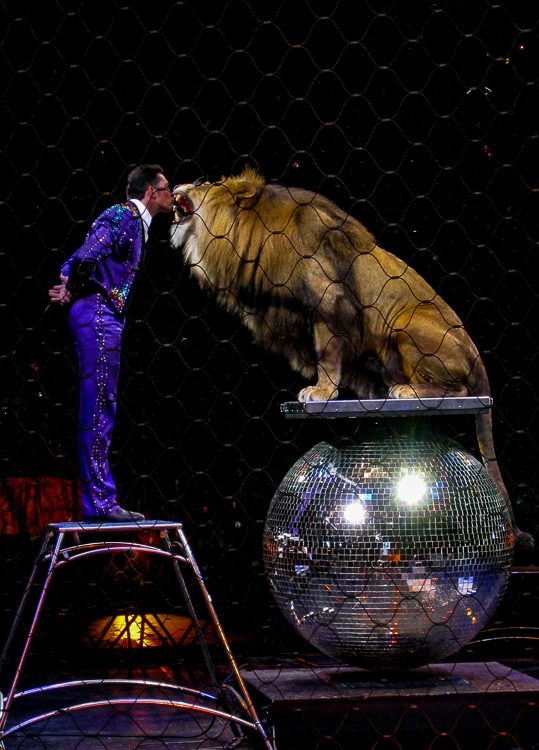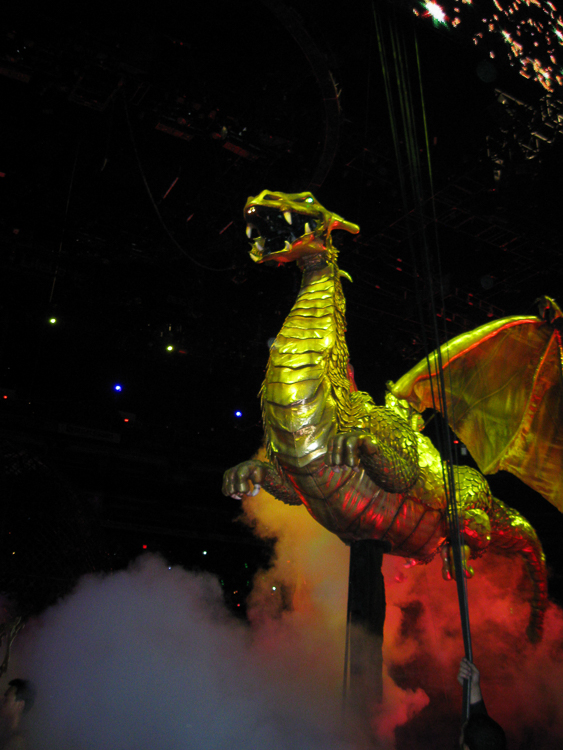I know we have all heard the argument that it is not the gear, but the eye that is the key to creating a beautiful photograph. Perhaps the single greatest asset in making great photographs is the ability of an individual to “connect” with his/her subject and see in ways that others are not able to see. The mind’s eye is another phrase I have often heard used to reference this talent.
I follow the Digital Photography School blog/website because I am a life-long learner and photography is a subject in which I am keenly interested. I recommend this resource to others who want to learn how to create better images.
As an example, a recent post by Darlene Hildebrandt, 26 Imaginative Images of Inanimate Objects, presents some excellent photos of inanimate objects that go well beyond just creating a record of a moment in time. Among the pictures used as examples is the one below. Does this evoke a feeling? If so, what feeling? If these were living, breathing objects, what would the one on the right be thinking or saying? That’s what makes this an excellent photograph. The viewer, at least this viewer, connects with the emotion of the picture.
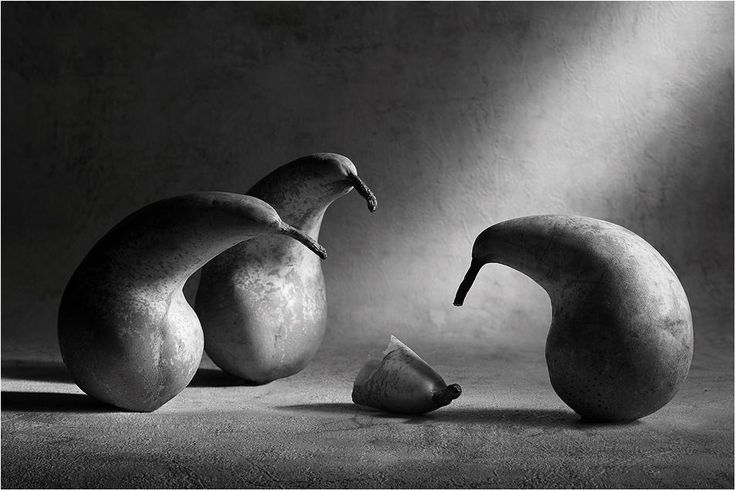
I know they are just pears, but the photograph is larger than pears and that’s the point. It is larger than a still life. In my mind, they are evoking a mood, creating an emotional response. See other works by this photographer, Victoria Ivanova here.
Another picture, not quite as poignant, but still clever and creative is the cup and handle seen in a different way.

When I first saw this, I had to smile. It made me happy. Does it make you happy? How many times have we looked at this or similar scenes and yet failed to see the detail that Tiziano Giumelli envisioned. I realize that the shadow was probably artificially created, but it isn’t a situation that would be unlikely to occur on its own. It would most likely be less obvious; more subtle, but it would still be there. I am connected to this photo in a mild, and whimsical way.
The photographer didn’t just happen upon this scene, whip out the camera and snap the shutter. I mean it could have been done that way, but it is very doubtful. The mug and saucer are off center; that appears to be deliberate. The shadow renders a near perfect heart shape; that seems to be purposeful. The shadow hides a portion of the left side of the cup and saucer with just a bit poking out from the rear which makes it mysterious; that was intended. This is a well-crafted image.
See what other pictures are offered to viewer in 26 Imaginative Images of Inanimate Objects.
Are there other pictures that you connect with? Which photos evoke a feeling in you even though they are of inanimate objects?
